Drones have proven immensely powerful in search and rescue (SAR) missions in many cases of missing persons, and now they have also become the unsung hero in recovering missing pets in the New England area. In a region dense with forest, missing pets often end up deep among the trees, an area where even those searching for them can easily lose their way.
Over the last few years, hundreds of missing dogs, cats, and horses have been located and rescued thanks to a thermal drone.
Commercial UAV News sat down with Rob Russell, Owner of 2ATAC Air OPS Drone Services, to learn about how he turned a few flights with a hobby drone into a full-time commercial business and rescuing several animals each week.
2ATAC Drone Services is an animal and human SAR business operating out of New Hampshire and serves the surrounding states, but it started with humble beginnings when Russell offered to help a neighbor look for his missing dog with his DJI Mini 4 pro. After finding the dog, word got out and other people in the area began requesting his help finding their missing pets.
Despite his success, this was Russells first time flying a drone. Recognizing the need for his services, he decided to go all in and start a full-time pet SAR business. Retired from his military, law enforcement, and paramedic careers, Russell built upon his emergency response skills to carry out searches with efficiency and safety.
In the early months of his operation, Russell offered all his services for free, a decision that allowed him to build up the flying experience and credibility he’s known for today. “What this enabled me to do was gain flying experience,” he explained. “I’ve mentored new people in this field and told them, ‘You have to remember, it doesn’t matter how good of a thermal drone you buy. That drone doesn’t find the lost animal, you do. At the end of the day, you’re the one interpreting the information on that screen.’”
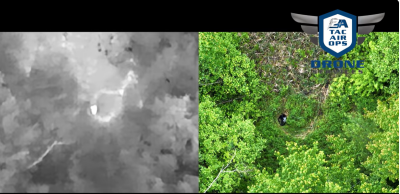
Once he felt confident in his skills, Russell began charging for his work. “I realized I had enough of a skill set that I felt comfortable charging,” he said. “So, I came up with a base rate and have raised it since then. My recovery rate is also much higher now than when I first started, because there’s a sharp learning curve with this.”
The company has been in operation for three years now and is outfitted with three DJI Matrice 30T Thermal drones. Russell chose these drones for their ruggedness and reliability in harsh weather conditions like wind, rain, and snow. The rest of his set-up lives in the back of his truck which includes 2-way radios and a control center with large monitors for the clients to watch the search, and extra battery packs for long missions. Russell currently holds a Part 107 license.
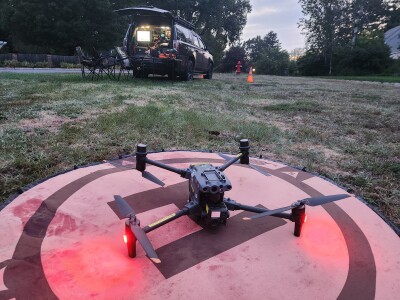
When a call comes in for a missing pet, Russell’s work starts far before getting to the search area. His first step in each mission is to contact the local police to inform them that he will be flying in their town, giving them every detail of the mission.
“I let them know where I'm going to be, providing an approximate area where I will be flying the drone and at roughly what time. I tell them I am a professional pilot and give them my phone number. I've never had anything but a very positive experience.”
His second step is to take to his company’s Facebook page to provide the same information. Social media has been an invaluable tool for the company, as each mission is updated on the Facebook page with photos throughout the day and a video to recap each day a search was conducted. Russell emphasized that he prioritizes transparency as a drone pilot and as a business owner. Providing his operational information to the public prevents unnecessary interruptions and concerns about a drone flying overhead in the communities.
Unfortunately, the news of his rescue operations doesn’t always make it out to every citizen, especially in rural areas. Only a few months ago, one of the company’s drones was shot at by a person in the area of the search, causing extensive damage to the drone and a possible felony charge for the shooter. Shooting at a drone holds the same penalties as shooting at a passenger plane. The FBI is now involved in this case.
Thankfully, the shooting incident is anomaly for Russell. Operating under the restrictions of Part 107 is another major challenge in his business. There is a lot of ground to cover when searching for a missing animal, and keeping the drone in sight can be difficult. With the thermal camera and the search height being between 250-350 feet, there is still plenty of ground being covered while keeping the drone in the line of sight. Despite this, Russell is looking forward to the day Part 107 pilots can fly with less restrictions.
Perhaps most commonly, the challenges with his operations lie in comforting his clients who are helping the search alongside him and keeping them safe when they assist in the search on foot.
“There are times the search can take an emotional toll for the pet owner. It’s really important to know when it’s appropriate to land the drone and maybe just give someone a hug and then carry on with the search. There’s a very personal part of this. I always tell the people I mentor, if you think you're just going to show up and fly that drone and not say a word to anybody, you will fail at this.” said Russell.


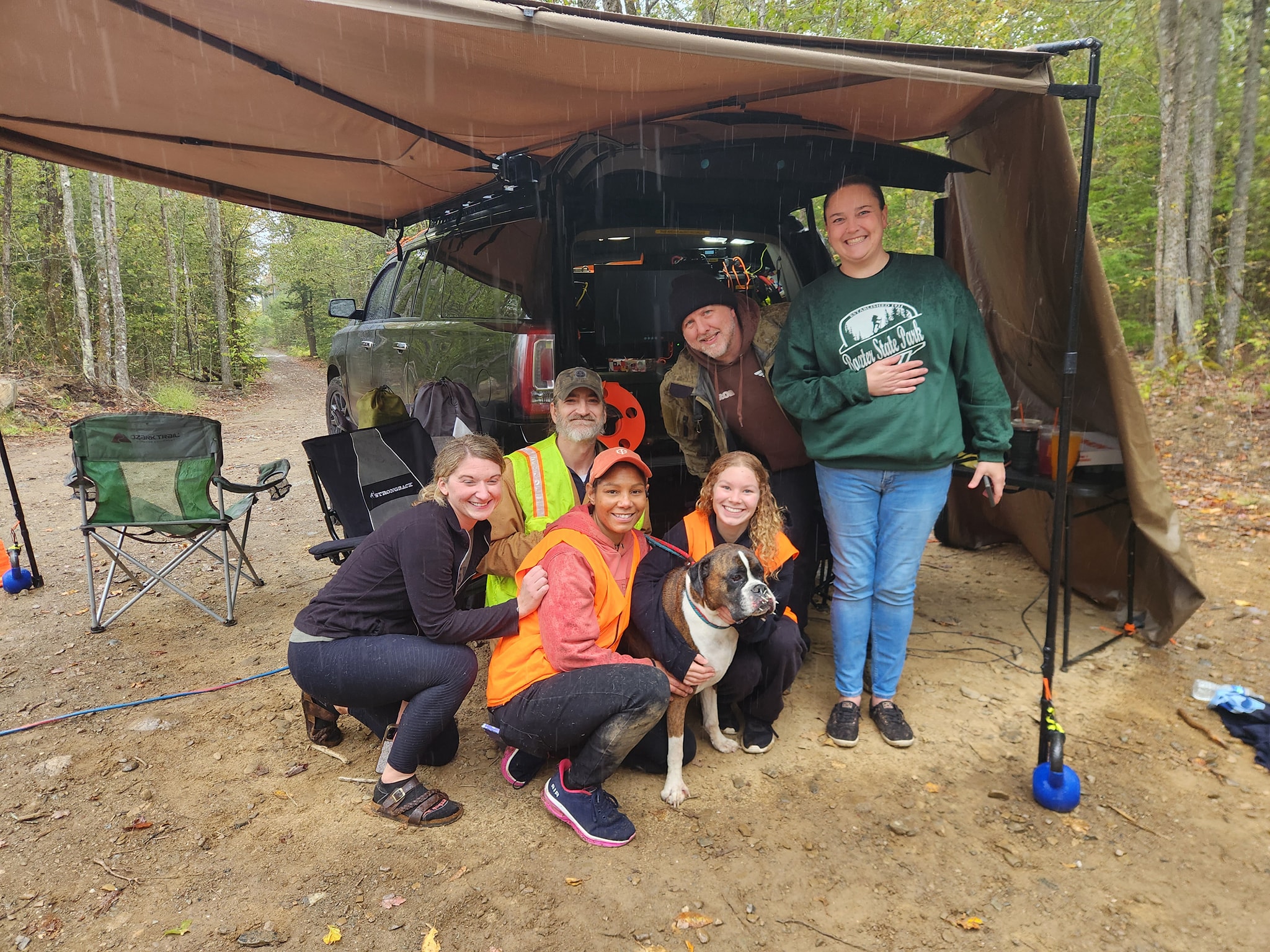


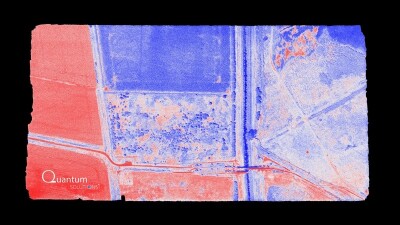
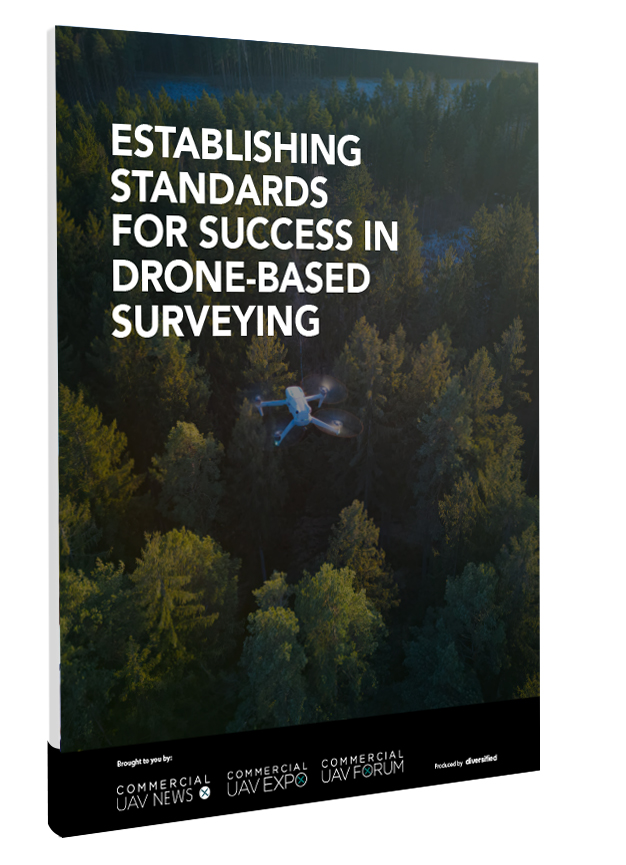
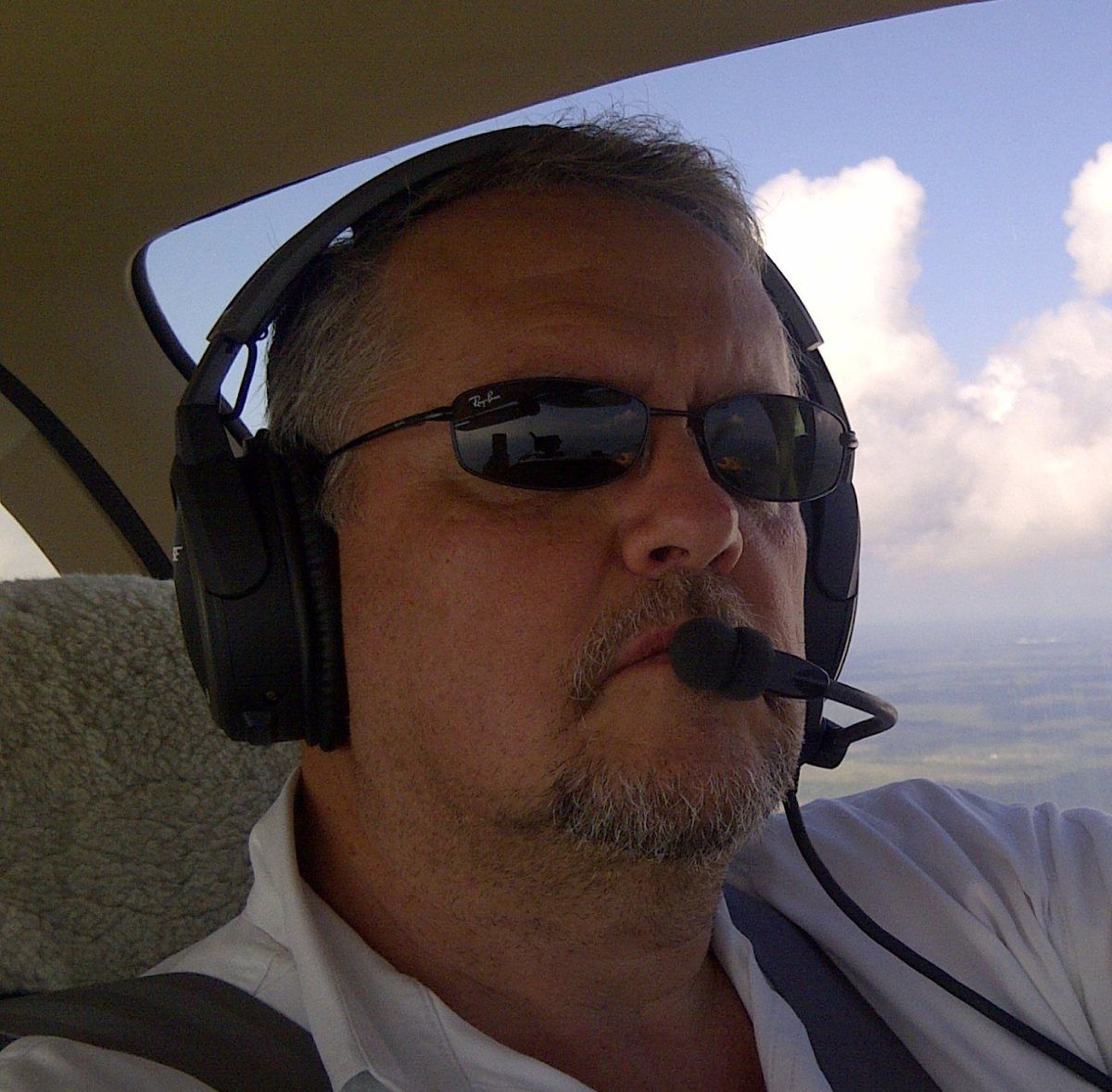




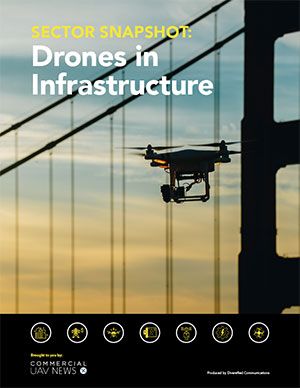
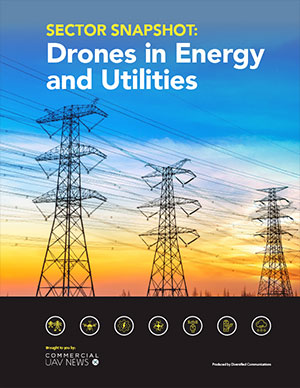
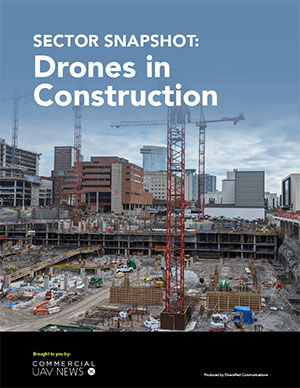
Comments